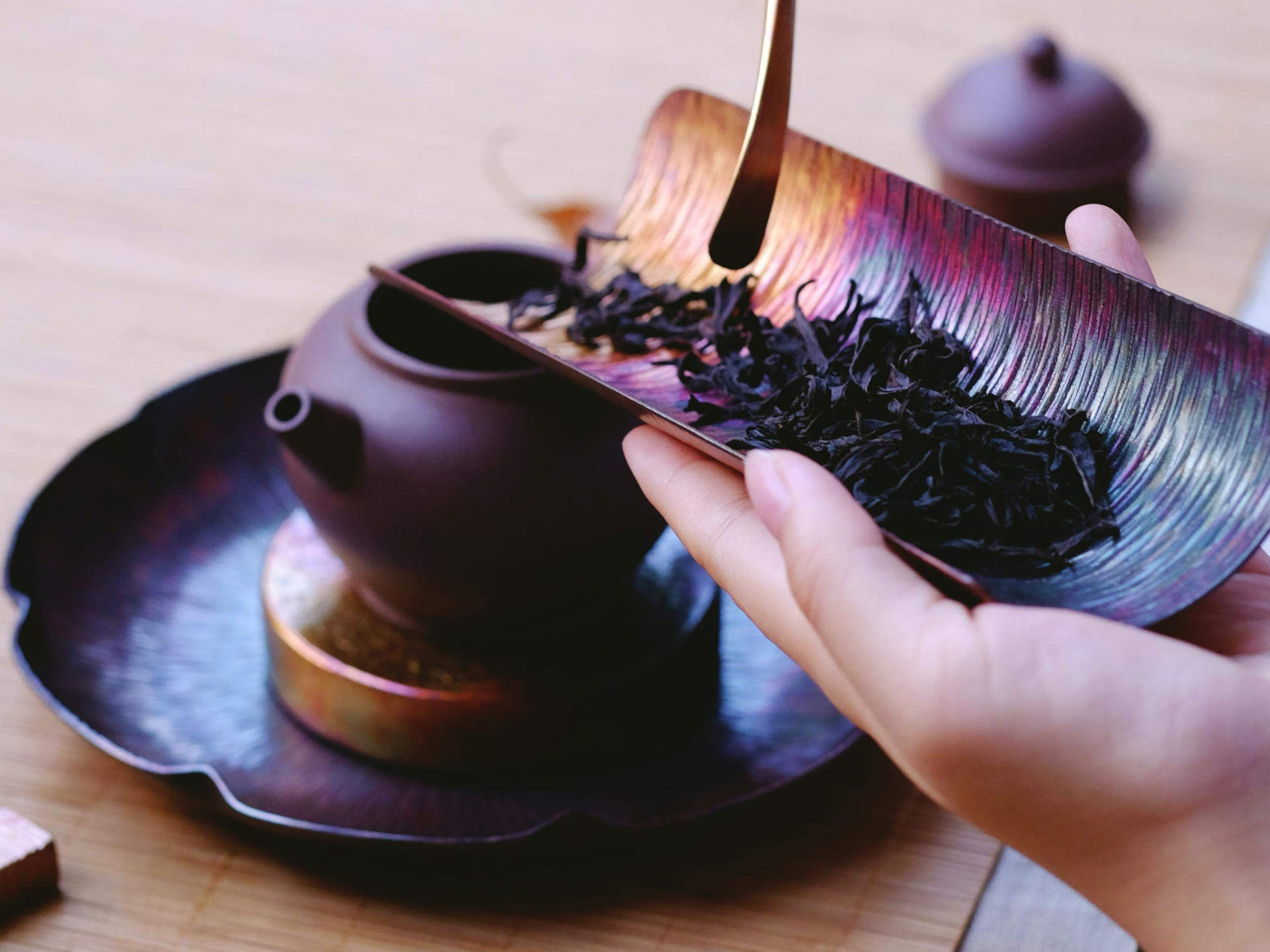How to choose a specialty tea that you'll like
A guide to get you started
Do you want to introduce some beautiful-quality teas into your daily tea ritual? If you are looking to move away from the ubiquitous tea menu of English Breakfast, Earl Grey, generic green tea and herbal infusions, there is a diverse and flavourful tasting experience waiting for you.
There are thousands of high-quality, loose-leaf teas produced across the world that offer new and exciting flavours. These fit into the six categories of tea: white, green, yellow, oolong, black and dark tea. If you are new to specialty tea, however, knowing where to start and figuring out what type of teas you’ll enjoy can feel a little bewildering.
I am here to help you make sense of the delicious and sensory world of specialty tea, and I have created a simple tea selection guide to get you started.
First, let me give you a brief overview of what tea actually is.
All tea comes from the tea plant – Camellia Sinensis. If the dry leaf doesn’t come from the tea plant, it isn’t tea. The main difference between the six types of tea is the processing that happens to the leaves after they’re plucked – these processing steps change the shape, colour and flavour of the leaves and determine what category they fit into.
To get the most out of specialty tea, it works best if you choose to be curious, open-minded and to adopt an adventurous palette, as the flavours you experience will be unfamiliar and different to what you are used to. But once the doors are open, this curiosity will lead you to a lifetime of thrilling tea experiences.
Which teas to try first? How do you know what you will like?
Here are some simple questions to ask yourself, followed by a basic guide to point you in the direction of some teas you will likely enjoy.
1) What flavours/food/beverages do I like and am drawn towards the most?
2) What mood am I in? How is my body and/or mind feeling? What is it telling me I need?
3) Do I typically eat when I drink tea? If so, what?
Once you have answered these questions, use the guide below.
How to use this guide
First, read through the flavours on the top two rows to find those that appeal to you. Then look down your chosen column(s) to see the teas I have suggested for you.
Due to its nutrients, tea has an amazing ability to alter mood, so to take it further, look down the left-hand-side column, then along to the right to find the tea that will best serve your mood.
Finally, if you’re like me and often eat when you drink tea, follow along the bottom row to find your favourite food, then up to choose a tea to drink with it.

This is a fun and simple guide to get you started in tasting specialty tea. Despite the mood suggestions, all of these teas can be enjoyed at any time of the day, no matter how you are feeling. The list is not exhaustive by any means; it is designed to ease you into specialty tea, and then you can navigate your own way from there. The more different styles of tea you try, the more you’ll understand which ones you enjoy the most. Have fun with it!
I love hearing from you so if you want personalised help with your tea selection, add a comment below or email me at anna@theteacurator.co.nz. Or, browse our loose leaf tea collection to find some of the teas mentioned above.
~ Anna
If you found this interesting, please comment or share it below! ⬇
Join us and build your tea and wellbeing wisdom
If you would like to improve your tea and wellbeing knowledge, sign up to our mailing list below (underneath the comments form). I'd love you to join our community.
Banner photo credit: thanks to 五玄土 ORIENTO on Unsplash


